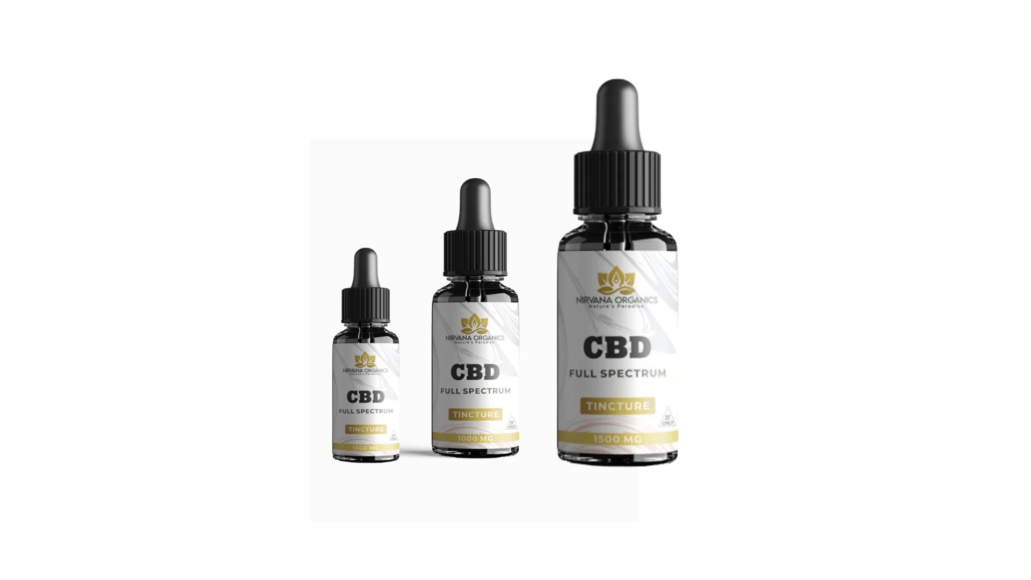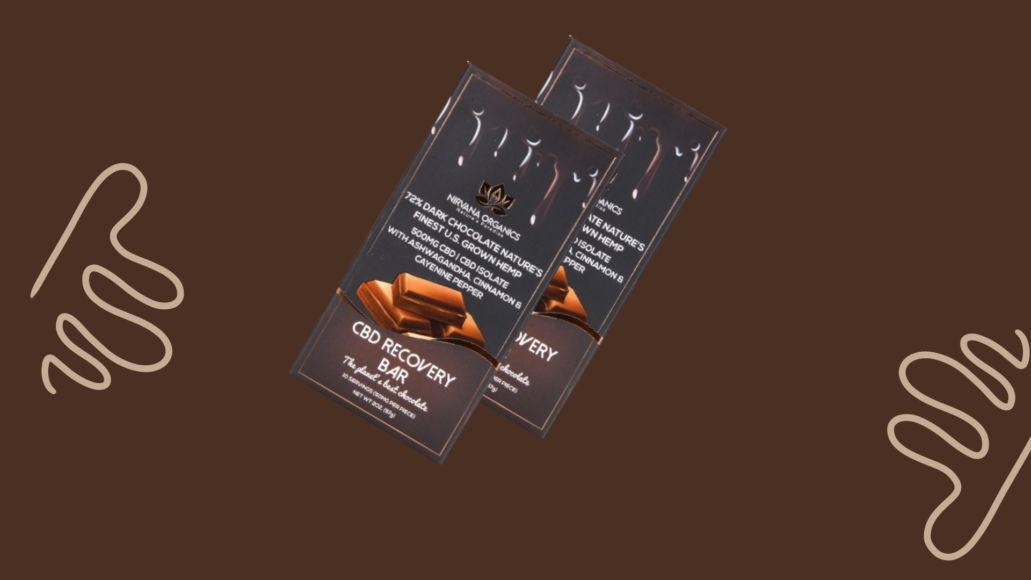Unveiling the Potential of CBD for Improved Eyesight and Eye Health
Eyes on a Different Path
In the Czech Republic, around one-third of people wear glasses or contact lenses to help them see better. But across the world, more than 60% of people have problems with their eyes like cataracts, trouble seeing things clearly, or difficulty focusing. Some of these issues happen as people get older.
Surprisingly, many people don’t seek help for their eye problems until it’s really bad. This is strange because not being able to see well can make life very hard. While our eyes are somewhat protected by being in our eye sockets, how well we can see also depends a lot on how we take care of our eyes.
Keeping our eyes clean and healthy is super important. Living a healthy life, getting enough rest, and doing simple eye exercises can help us avoid eye problems for longer. So, taking care of our eyes is crucial for having good vision and making life easier.
Simple Tips to Improve Your Eyesight
Here are some simple tips to help improve your eyesight:
Eat a healthy diet: Foods like leafy greens, eggs, dairy, citrus fruits, fish, and anything with vitamin A can keep your eyes healthy.
Stretch your eyes: Try blinking often, rolling your eyes, and moving them side to side to keep them flexible.
Give your eyes a gentle massage: Use your fingertips to gently circle the center of your eyelids to relax your eyes.
Get enough sleep: Aim for eight hours of rest each night, and avoid looking at screens with blue light for at least two hours before bedtime.
Practice reading exercises: Keep a distance of at least 30 centimeters between your eyes and what you’re reading to reduce strain.
Wear good quality glasses: Invest in sunglasses and glasses with anti-reflective coatings to protect your eyes from harmful rays and glare.
Keep your eyes moisturized: Use eye drops regularly, and try to spend minimal time in environments with air conditioning, which can dry out your eyes.
Exploring the Relationship Between Vision and Cannabis
When it comes to vision, THC (tetrahydrocannabinol) is often talked about. In a study published in the Journal of Glaucoma in 2006, patients were given different doses of THC, CBD (cannabidiol), or a placebo. The study found that the lower dose of CBD didn’t change anything, but the higher dose slightly increased eye pressure by 18%. This increase could possibly speed up the progression of cataracts. This was also seen in studies with mice later on. Some studies suggest that CBD use might also lead to increased eye pressure, which is considered a negative side effect.
However, THC showed a positive effect. It reduced eye pressure by 28%, but this improvement was temporary, lasting only about four hours. In the Czech Republic, products containing THC above 1% are illegal, while in many neighboring countries, the standard limit is 0.3%.
There hasn’t been a study confirming a direct effect of CBD on eye problems. So while THC may have some positive effects on eye pressure, it’s important to be aware of legal restrictions and potential side effects, especially when it comes to using products containing THC.
In a study conducted in Canada in 2016, researchers looked at how the endocannabinoid system, a system in the body that responds to cannabis-like substances, affects the eyes and vision, using monkeys as subjects. They found that endocannabinoids, which are substances produced naturally in the body, can bind to CB1 and CB2 receptors and have a slight positive effect on vision. They also discovered that endocannabinoids can protect the retina, regulate blood pressure in the eyes, and help prevent the development of retinopathy, a serious eye disease that can lead to blindness in extreme cases.
While CBD doesn’t directly treat eye diseases or maintain good vision, it can help manage related complications. By controlling these complications, CBD allows the body to focus its energy on healing, making treatment and recovery easier and faster.
The Optimal Form of CBD
When dealing with skin problems, you can use topical preparations like creams or ointments. If you don’t like the taste of CBD drops, you can try CBD capsules instead.
However, for eye diseases, it’s not recommended to use topical CBD preparations. The oil won’t be able to penetrate the protective barrier of the cornea and sclera effectively. Instead, you can take two to three drops of CBD oil under your tongue. This allows the CBD to be absorbed directly into the bloodstream, where it can start working quickly to prevent issues and address desired areas.
Related posts
A Comprehensive Guide to the Essentials of CBD..
Understanding CBD Recovery Bar Dark Chocolate
What Are CBD Topicals and How Do They Work?
Exploring the Potential of Black Pepper with..
Understanding Vaporizer Burning and Its Benefits
Unraveling the Truth About CBD and Its Effects on..
The products featured on this site have not been evaluated by the Food and Drug Administration. They are not intended to be used for the diagnosis, treatment, prevention, or cure of any medical condition. Nirvana Organics does not make any claims about the benefits of our products. We recommend consulting your physician before using alternative therapies, especially if you are pregnant, nursing, elderly, chronically ill, or taking prescription medications. You must be at least 21 years old to purchase our products. Consumers assume full responsibility for using these offerings appropriately and legally.
We aim to provide truthful information about our offerings. However, our content is not meant as medical advice or instruction. The customer bears responsibility for using all products appropriately and according to the law. Customers should not construe any information here as professional medical advice or prescriptions. We provide general details about our products but do not claim to treat, cure, or prevent diseases. Creating any treatment regimen is a decision between buyers and their qualified Medical practitioners. Per the PACT Act, we follow regulations regarding the shipment of lawful goods.
THC Disclaimer
Our products contain no more than 0.3% Δ9-THC on a dry weight basis, which meets legal requirements. However, Δ9-THC can cause impairment and other side effects. You must avoid these offerings if pregnant or nursing. We also recommend consultation with a medical professional before consuming Δ9-THC. Keep these products away from children or animals. Operating vehicles or other machinery under the influence of Δ9-THC may be illegal and dangerous.

We at Nirvana Organics believe in quality and customer experience.
©2024. shopnirvanaorganics.com. All Rights Reserved.
- Login
- Sign Up








